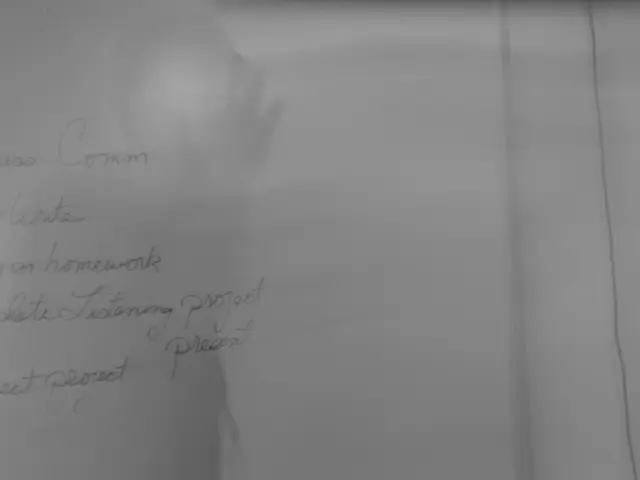Exploring the Advantages of Virtual Reality in Education: Enhancing Learning Experiences.
The education sector is witnessing a significantoverhaul, with new technologies playing a crucial role in this transformation. Particularly, virtual reality (VR) and augmented reality (AR) are showcasing remarkable potential for teaching and learning. The ongoing health crisis has accelerated the adoption of innovative teaching methods, including virtual classrooms, distant learning, and VR/AR-based lessons.
To facilitate a smoother transition back to school, the Neoma Business School has taken a pioneering step by opening a 100% virtual campus. This makes it the first school in Europe to embrace such an approach, allowing international students to attend classes despite global restrictions. In partnership with our website, the school provides students with an immersive environment where they can interact, travel, attend classes, and meetings, enhancing their integration into the digital learning community.
Virtual reality is also proving beneficial for teachers, with Mursion, an American company, designing a training course for educators. The simulation places teachers in a virtual classroom settings, surrounded by AR representations of students, aiding them in developing effective teaching techniques, emotional management, and building trust with students. Furthermore, Behavioral psychologists and educational specialists have collaborated with Mursion to ensure the training courses cater to the needs of both students and teachers.
Innovative teachers, like Basavaraj Sungari in India, have harnessed the power of AR during lockdowns to make their lessons more engaging and interactive. By utilizing the Arloopa application, Sungari added 3D elements to his chemistry, biology, and physics classes, creating immersive learning experiences for his students. Similarly, in certain disciplines, such as geology, AR provides students with the ability to manipulate and observe 3D rock representations, enhancing their understanding of complex concepts.
Seek Education offers immersive content with the goal of aiding comprehension, particularly in distance learning. By using AR technology, students can explore complex topics such as DNA sequences from home after their lessons are delivered remotely. Moreover, AR allows elements to appear, making it easier for students to grasp complex concepts.
In the realm of history, VR is helping students grasp historical events more vividly. For instance, the War Remains experience provides an immersive visualization of the First World War, putting students in the midst of the conflict for a more engaging learning experience. The aim of such VR-based experiences is to take students beyond the ordinary classroom setting and enable them to experience historical events firsthand.
VRtuos, an application developed for piano lessons, combines physical and virtual pianos, helping students learn melodies faster. By calibrating the virtual piano to their real one, students can practice on a real piano while benefiting from the guidance provided by the VR application.
Immersive techniques are beneficial not just for students but also for training future professionals in various fields. For instance, WorkSafe, New Zealand's government organization, has developed a virtual training module for agricultural students, teaching them to identify and manage risks by simulating farm environments. Similarly, FundamentalVR offers a platform for medical students to practice in VR, allowing them to collaborate virtually and receive more interactive demonstrations from professors.
The Dactyléa simulation, designed by the Arts et Métiers Institute of Laval, provides a risk-free environment for students to practice chemical experiments, ensuring they learn the correct procedures without the danger of explosions or chemical reactions. This application showcases how VR can be used in training scenarios, making it safer and more efficient for students to gain practical experience.
In summary, VR is revolutionizing the educational sector, offering engaging, interactive, and cost-effective learning solutions for students and teachers. With benefits ranging from immersive experiences, improved retention rates, increased safety in training simulations, and practical skill development, VR is proving to be a transformative tool in the modern world of education.
The Neoma Business School is pioneering the future of education by opening a 100% virtual campus, utilizing technology to create an immersive learning environment for international students. On the other hand, Mursion, an American company, is utilizing VR and AR to offer a training course for educators, aiming to develop effective teaching techniques and build trust with students.







